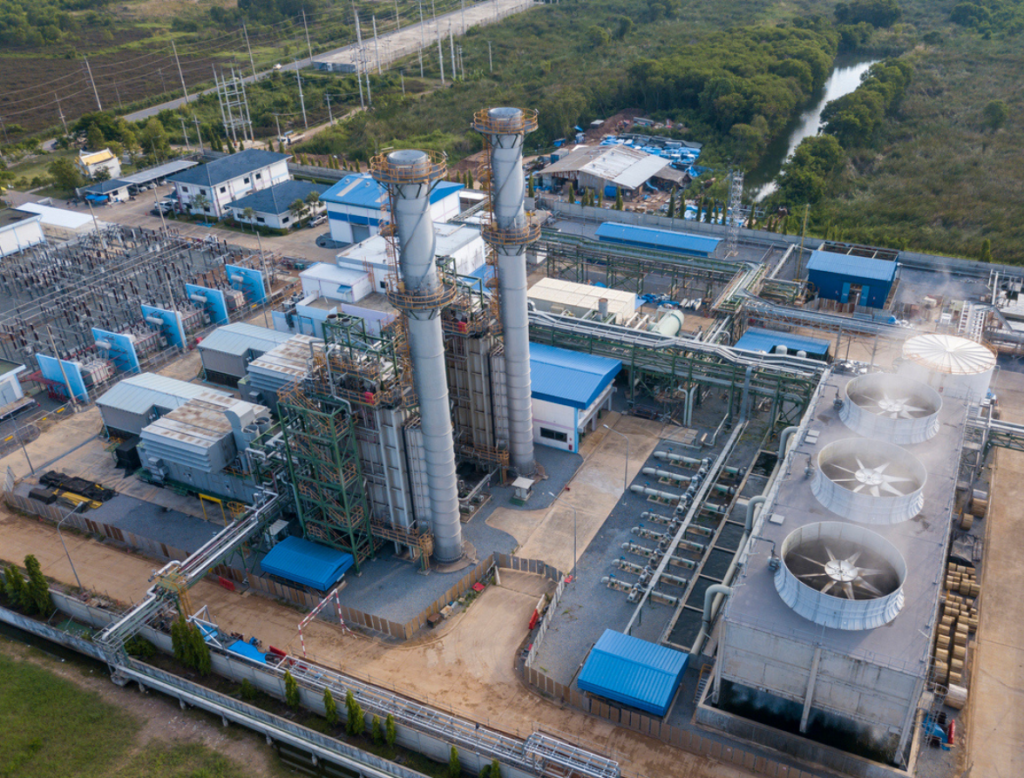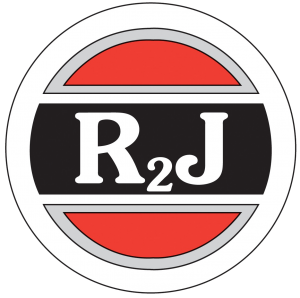ASHRAE 188: A Practical Guide to Water Safety Management
Sep 18, 2025Introduction to ASHRAE 188
ASHRAE 188, also known as ANSI/ASHRAE Standard 188, is the industry’s benchmark for minimizing the risk of Legionella in building water systems. Developed by the American Society of Heating, Refrigerating and Air-Conditioning Engineers (ASHRAE), this standard provides clear requirements for owners and managers to establish effective risk management programs.
The standard was created in response to a growing public health need. Outbreaks of Legionnaires’ disease and Pontiac fever have been linked to poorly managed water systems in human occupied buildings, including health care facilities and existing buildings of all sizes. With Legionella recognized as a leading cause of waterborne disease, ASHRAE 188 establishes the minimum legionellosis risk management requirements for both new and existing buildings.

Why ASHRAE 188 Matters
At its core, ASHRAE 188 is about prevention. It recognizes that Legionella bacteria thrive in complex building water systems — from potable water systems to cooling towers and hot tubs. Without a structured plan, these environments create conditions that allow the bacteria to grow and spread, posing a serious health risk to building occupants.
The standard requires owners and managers to take ownership of their water systems and components, ensuring that control measures such as temperature control, disinfection, and monitoring are in place. It shifts responsibility from “best practices” to enforceable, documented programs that can withstand regulatory purposes and audits.
Scope of Application
ASHRAE 188 applies to a wide range of buildings and facilities, including:
- Health care facilities where vulnerable populations are at higher risk.
- Human occupied buildings with potable water systems, heating and cooling systems, and other components that can harbor bacteria.
- Centralized building water systems in new and existing buildings, where the standard helps facilitate adoption of safer practices.
By requiring detailed water management programs, ASHRAE 188 ensures that even complex systems can be managed with clarity and consistency.
Learn more about aligning with compliance through Legionella compliance services, which help organizations build programs that meet ASHRAE 188 requirements.
Key Requirements and Risk Management
Minimum Risk Management Requirements
One of the most critical elements of ANSI/ASHRAE Standard 188 is that it establishes minimum legionellosis risk management requirements for building water systems. This is no longer optional guidance or “best effort” language — the standard replaced permissive language with enforceable language, ensuring that building owners and managers have a clear set of compliance requirements.
For regulatory purposes, ASHRAE 188 sets expectations that owners and managers must develop and document structured water management programs. These programs focus on identifying risk factors, establishing control measures, and creating documented procedures for ongoing operation, maintenance, and service.
Water Management Programs in Practice
Effective water management programs start with a building survey and analysis of the water systems and components. This process identifies where Legionella bacteria could grow and spread — such as in potable water systems, cooling towers, and hot tubs.
Once risk areas are identified, the program defines control measures. These may include temperature control, biocide or chemical disinfection, and routine monitoring. Importantly, programs must also include procedures for corrective actions if parameters drift out of range. This ensures that building owners and facility teams not only document risks but actively respond when conditions occur that may increase health risk.
Responsibilities of Owners and Managers
Owners and managers of new and existing buildings carry responsibility for implementing ASHRAE 188. This includes:
- Assigning personnel involved in operation, maintenance, and service of building water systems.
- Ensuring installation, commissioning, operation, and maintenance are documented from design through construction.
- Keeping thorough records for audits or inspections.
In health care facilities, responsibilities are especially strict because vulnerable populations face greater risk. Here, ASHRAE 188 demands higher levels of control and monitoring to minimize outbreak potential.
For facilities working to align with ASHRAE 188, having a structured Legionella prevention plan ensures that all risk points are identified and proper control measures are in place.
Implementation and Benefits of ASHRAE 188
Facilitating Adoption
For building owners and managers, implementing ASHRAE 188 can seem daunting, especially in new and existing buildings with complex building water systems. The key is to start with a structured water management program and assign clear roles for everyone involved in operation, maintenance, and service.
The standard provides guidance on how to transition from design and construction through installation, commissioning, operation, and maintenance. By following the code intended language, owners move away from vague recommendations toward actionable, enforceable language that regulators and auditors can measure.
Benefits for Facilities and Occupants
When adopted, ASHRAE 188 delivers benefits that go far beyond regulatory purposes:
- Reduces the risk of outbreaks of Legionnaires’ disease and Pontiac fever.
- Protects vulnerable populations in health care facilities and other human occupied buildings.
- Promotes safer potable water systems and cooling towers, minimizing opportunities for Legionella bacteria to grow and spread.
- Creates a culture of accountability among owners and managers, ensuring building occupants are better protected.
These benefits reinforce why ASHRAE 188 has become the reference point for legionellosis risk management requirements worldwide.
Next Steps for ASHRAE 188 Compliance
If you manage or advise on building water systems, the question isn’t whether ASHRAE 188 applies to you – it’s how well your current plan aligns with its requirements. Many teams uncover gaps during their first analysis or building survey, especially when reviewing water systems and components in existing buildings.
Ensuring you have a compliant, actionable water management program in place is critical to reducing the risk of outbreaks, protecting building occupants, and meeting compliance requirements.
Need help getting there? Speak with one of our Legionella compliance experts. We can guide you through building or refining a program that meets ASHRAE 188, minimizes health risk, and gives you confidence that your facility is prepared.
Frequently Asked Questions (FAQ)
What is ASHRAE 188?
ASHRAE 188, formally ANSI/ASHRAE Standard 188, defines the minimum legionellosis risk management requirements for building water systems to control Legionella bacteria.
Who does ASHRAE 188 apply to?
It applies to owners and managers of human occupied buildings, including health care facilities, and covers both new and existing buildings.
Why is ASHRAE 188 important?
It helps prevent Legionnaires’ disease and Pontiac fever outbreaks by requiring structured risk management programs for potable water systems, cooling towers, and other components.
What are the key compliance requirements?
Key requirements include conducting a building survey, developing a water management program, implementing control measures, and documenting operation, maintenance, and service.
How do water management programs help?
They ensure risks are identified, control measures are in place, and corrective actions are taken when conditions fall outside established limits, reducing the chance for Legionella bacteria to grow.
What role do owners and managers play?
They are responsible for assigning staff, documenting procedures, and ensuring ASHRAE 188 is implemented consistently across building water systems and components.

